Playbook is an agile way of describing processes and operational models. With the help of Playbook you implement your operational models and unify your best practices.
What is a playbook for product development?
In order to have a working product development, one must have operational models, policies that are in-line and clear roles. Playbook of product development fills the gap between academic processing models and tools. Playbook contains practical instructions (roles, ceremonies, templates) to apply processing models. With the help of playbook, processes and best policies are put in to use and their use is maximized.
Playbook is a new process
It was previously thought, that organizations should have processes as their focal points. To combat situations where staff might change or there is a lot to memorize, processes were improved. Processes were also of course improved to make working more efficient. Processes are still very prevalent but they have a few problems related to them. Too often processes grow out to be big, stiff and unyielding. They are even forgotten sometimes when working becomes more routine like. The old dusted process folder does not sit well with everyday working, and doesn’t become agile that often. Worst, humans are incompatible with processes.
Playbooks fill the void in appointed operational models.
As agile operational models have become more generalized a sort of “void” has appeared for many teams. Rules or agreements that show how one is supposed to operate don’t exist anymore and can’t be referred to. Teams are struggling at giving input in improving appointed operational models. In these kinds of situations it is important to consider implementing a new, easier to use model for operations: The Playbook.
What is playbook all about?
Playbook is an agreement or guide for procedures that is easy to maintain, being light and applicable. Different kinds of playbooks have become more popular also in Finland. Playbook development pioneer Contribyte has had the opportunity to see the many different scenarios where playbooks have helped organizations learn and improve their procedural processes.
Contribyte’s Playbook References (in Finnish)
Playbook is a modern way of guiding organizations towards more efficient and scalable operational models
Playbook for portfolio management
Investment decision making, portfolio management models, business case manufacturing, innovations, business experimentations, product strategy and roadmaps.
Playbook for roles
Product Manager, Product Owner, Scrum Master, Agile Coach, Agile Project Manager are the most important roles for scalability of agility.
Playbook for agile methods
Scrum, Kanban, service design, operational models for teams, testing, user testing, backlogs, quality, user stories, requirement management, agile scalability models: SAFe, Spotify, LeSS.
Playbook for tools
Jira, Confluence, Git, DevOps, metrics, reporting, documentation, templates, best practices.
We tailor the perfect combination of modules for your organization depending on your needs. Playbook can be built in stages, starting from the most important themes.
Playbook helps the entire product organization enchance their business.
Why Product Development Playbook?
Improving Operations
Playbooks improve operations by bringing up the whitelisted operational models for every single team. Common practices make communication between teams easier and organization practices more transparent. Practical operational models and practices remove waste from organizations.
Improving Expertise
Playbooks visualize the operations value creation and logic for product organizations and thus create a unified knowledge base for further improvement of business. Responsibilities are defined by role descriptions. Best practices help people in succeeding in their roles.
Implementation of Agile Development Operational Models
Playbook gives you practical guidance to how agile operational models are to be applied in day to day work. To get the most out of operational models one can refer to a playbook. This applies especially when good advice and sufficient amount of freedom is given to apply to practices. Playbook helps scale agility all the way from team level to the whole organization.
Development of Collaboration
Playbook not only helps in team collaborations but also in business and product development collaborations as well. Predetermined playbook rules help direct and predict working better. Playbook describes how tools support working in the best possible way. The whole organization’s collaboration is more transparent, when terms and co-operation models related information is available for everyone.
Systematic Way of Improving Working
Playbook gives the models for portfolio management and daily priorising of work. New ideas are reviewed systematically and people learn from ideas by trying. To support investment decisions, data collection and data analysis are strived for. Priority models shine through the whole organization starting off with portfolio management all the way up to team level. Priorization methods are made transparent and they are based on a set predetermined strategy.
Making Subcontracting Easier
Playbooks work well in organizations that have multiple different operational models brought in by different people. With the help of playbooks organizations can create operational models that suit them. These operational models are there to help internal and external parties at standardizing work according to business needs. Playbook can act as a bid attachment to confirm wanted operational models as well as helping business product development direction.
Do you want to hear more? - Leave your contact details , we'll be in touch!
Playbooks fill the void in predetermined operational models
What kind of situations is playbook good for?
Implementing a new tool or a more efficient use of a tool
Self-guided use of tools (Wiki or Confluence- type tools) have one problem, which is that people know the tools on very different levels. If people are given the freedom to do whatever they want, information doesn’t stay accessible or navigable, and tools don’t get to be used for their full potential.
Refinement of organization team’s agile working methods
The work flow of teams has to be enhanced all the time and in most organizations most teams already have good methods of working, but they don’t always have good methods, which is what we are trying to fix. What if we gathered all the great methods of working from different teams and went on to refine those already good methods to be even better?
Collaboration of multiple subcontractors
Generally companies have different corporate cultures. If shared game rules aren’t agreed upon, conflicts are inevitable. This is the case especially in product development projects where off-site subcontracting is often utilized. It is dire to come into agreement on how work is directed, managed, defined. It is also important to manage correlations and according to what criterion does the work get moved to its next phase.
Management of product development resources, projects, products’ portfolio management
The different instructions of resource allocation, project gate-spectating, project resource emphasis and risk management methods and product portfolio management can be things, that one should document into the playbook.
Improvement of customer feedback, ideas and product development customer orientation
Product development shouldn’t be quarantined from customers or their feedback. It would be good to have all people involved in product development informed about all the most recent customer information and feedback. It would be good to come into an agreement about the collaboration of sales, product management and product development.
Clarification of different roles
In most organizations, especially the roles in product development: product owner, Scrum team, Scrum Master, product manager, other different leaders are a little incoherent and non practical. Playbook for roles could make this sort of a situation a whole lot better.
,Playbook is easy to implement, develop and maintain.
Playbook is the easiest form of help for the most important issues!
Playbook is applicable in many different situations. Playbook’s advantage is that its process is easy to approach, maintain, modify, develop and implement. It is also possible to have the whole organization feel as if playbook is their own operational model, agreement on working methods and tool use methods.
Is it just a folder?
Let’s go back a little bit, what actually is a playbook. Playbooks can be manifested in different ways. Most often it is documented on Confluence or other document, PowerPoint for example. Playbook can be set to include instructional videos, templates or in the case of tools, it can have tool showcases and dashboard definitions. In the end, most important is that the playbook is somewhere, where everyone can access it with ease. Also very important is that everyone is informed how the playbook will be developed in the future.
Building playbook, implementation and maintenance is to be planned correctly
Playbooks don’t build themselves, and setting them up is a project on its own. Contribyte has a lot of experience with different kinds of playbook projects. Building and implementation have their own clear steps and phases, if one wants external help, it can be used for the entire journey of implementation or then just for a part of the building project. After implementation is finished, it is paramount to agree on how to develop the playbook in the future. It is also dire to get feedback on the playbook and some ideas for its further development.
Playbook helps the entire product organization to enchance its business activity.
Reference stories and feedback from customers



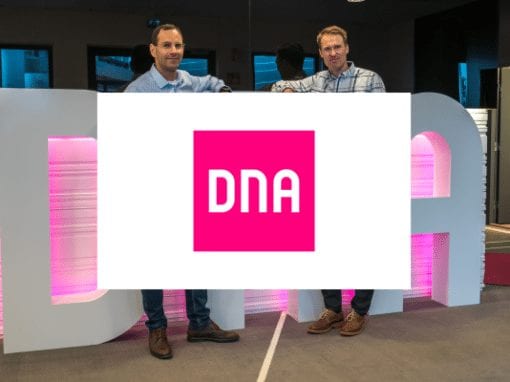
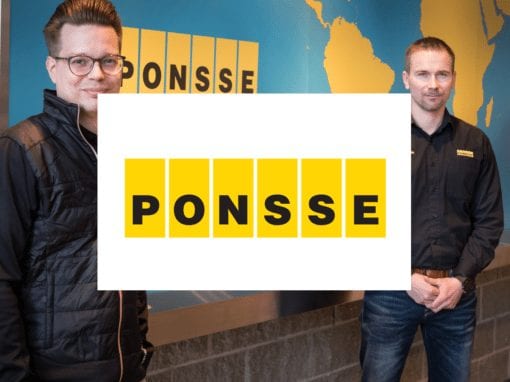
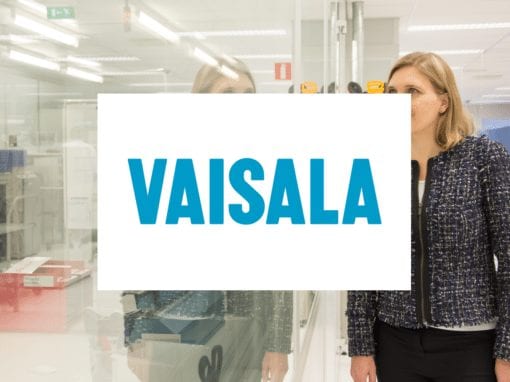
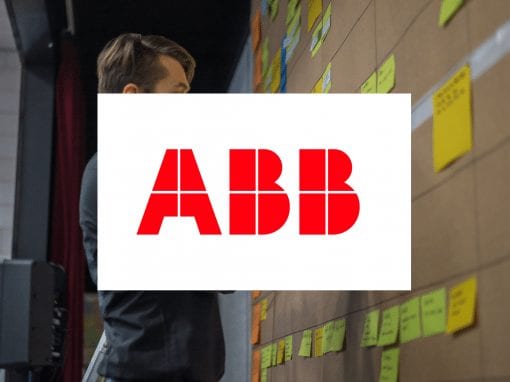
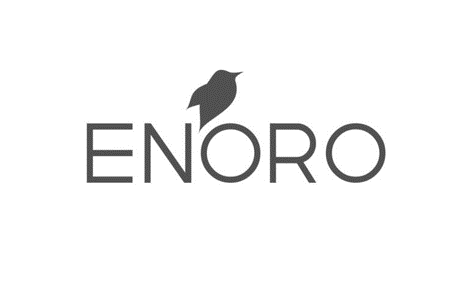
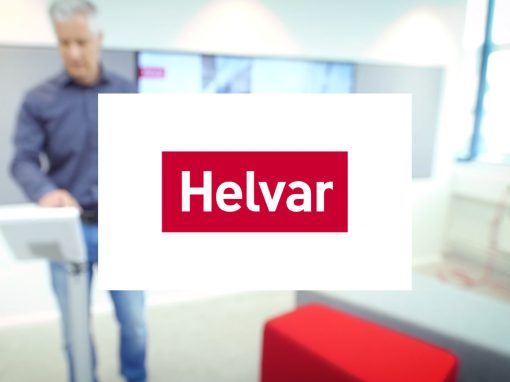



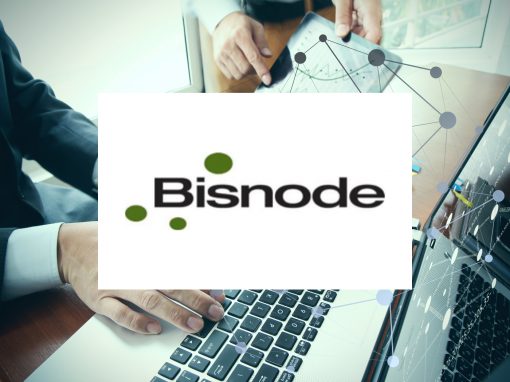





Contact us!
Send us a message with the form below, contact us directly or see our contact details.

